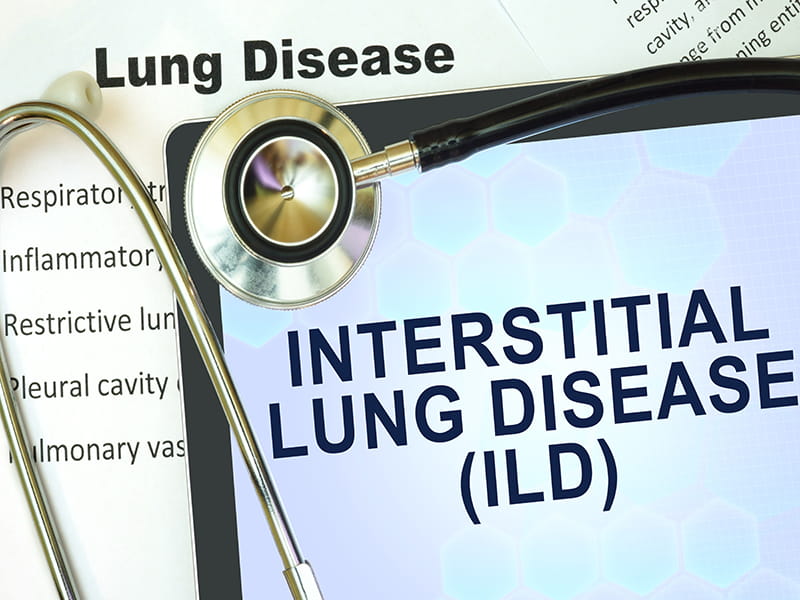Impact of Empagliflozin on Kidney Outcomes: An Individual Patient-Level Meta-Analysis
Introduction
There is less clarity about the impact of initiating sodium–glucose co-transporter-2 (SGLT2) inhibitor on kidney outcomes in patients with slowly progressive chronic kidney disease (CKD, e.g., low albuminuria) and in those at risk of large acute estimated glomerular filtration rate (eGFR) dip.
Aim
To ascertain the impact of empagliflozin on a range of kidney outcomes in patients with slow progressive CKD and having different risk of acute eGFR dips.
Selection of Data
- Individual-level data of 23,340 study subjects participating in four large placebo-controlled trials (EMPA-REG OUTCOME, EMPEROR-Reduced, EMPEROR-Preserved, and EMPA-KIDNEY) was analyzed.
Methods
Study Design
- A meta-analysis
Outcomes
Categorical CKD Outcomes
- Kidney failure and a composite of kidney disease progression [defined as a composite of kidney failure i.e. initiation of maintenance dialysis or receipt of a kidney transplant, a sustained decrease in the eGFR to <15 mL/min1.73 m2 (or <10 mL/min1.73 m2 in EMPA-KIDNEY or when baseline eGFR was <30 mL/min1.73 m2), or death from kidney failure] or a sustained decrease in eGFR from baseline of at least 40%.
Continuous CKD Outcomes
- Annual rate of change in eGFR (eGFR slope)
Heart Failure Outcomes
- A composite of cardiovascular (CV) death or hospitalisation for heart failure (HHF) with or without kidney disease progression, and HHF alone.
Results
- Data from four trials provided individual participant data for 23,340 study subjects. This included 7020 people with type 2 diabetes mellitus (T2DM) and previous atherosclerotic cardiovascular disease (ASCVD) from EMPA-REG OUTCOME, 9711 with HF from the EMPEROR Program, and 6609 with CKD at risk of progression from EMPA-KIDNEY.
- Of the entire study population, 47.5% reported an HF history. The mean eGFR for the study population was 58.8 mL/min1.73 m2 (53.5% participants with an eGFR <60mL/min1.73 m2), and median urinary albumin-to-creatinine ratio (uACR) was 34 mg/g. A wide variation was observed in range of eGFR and uACR in the four trials, the overall median 5-year kidney failure risk of 0.38%.
- The highest 5-year kidney failure risk was reported in EMPA-KIDNEY (9.3%) and lowest risk was reported in EMPA-REG OUTCOME (<0.1%).
- As compared to placebo, treatment with empagliflozin reduced the risk of a marker of acute kidney injury (AKI: a ≥50% increase in serum creatinine in consecutive follow-up samples) by 20%, (hazard ratio [HR]: 0.80; 95% confidence interval (CI) 0.72–0.88; 1573 outcomes), and AKI adverse events by 27% (HR: 0.73; 95% CI 0.63–0.85]; 694 outcomes).
- Treatment with empagliflozin led to a 30% reduction in categorical CKD progression outcome (HR: 0.70; 95% CI 0.63–0.78; 1403 outcomes), and a 34% reduction in kidney failure (HR: 0.66; 95% CI 0.55–0.79]; 490 outcomes).
- Empagliflozin retarded the chronic annual rate of eGFR decline by 64% (95% CI 59–69). The off-treatment dip-free slope (a post-hoc outcome using randomisation and off treatment eGFR values available in a subset of 10,630 study subjects) reduced by 64% in patients treated with Empagliflozin.
- Independent predictors of larger acute eGFR dips that were identified among empagliflozin users were as mentioned in table 1.
Table 1: Predictors of acute eGFR dip
|
Predictor |
eGFR Dip |
|
Age |
0.9% larger dip per 10 years |
|
Higher eGFR |
4.6% larger dip for eGFR ≥85 vs. <37 mL/min1.73 m2 |
|
Level of albuminuria |
2.9% larger dip for uACR ≥324 vs. <6 mg/g |
|
RAS inhibitor and diuretic use |
1.1% and 0.8% larger dips with use vs. non-use |
|
Higher systolic blood pressure |
0.9% larger dip per 17 mmHg |
|
Lower haematocrit |
0.9% larger dip per 4.8% |
|
Lower body mass index |
0.5% larger dip per 5.8 kg/m2 |
- Greater proportion of patients treated with empagliflozin vs. placebo had an acute eGFR dip of more than 14% (24.5% vs. 12.5%), 2.1% of these patients had a dip of more than 30% (2.6% in empagliflozin group vs. 1.6% in placebo group).
- Effects on chronic slope were more distinct in patients with diabetes (74%) than those without diabetes (42%; heterogeneity p<0.0001), and in those with higher eGFR (trend p=0.0021).
- The beneficial impact of empagliflozin on kidney function was similar in subgroups categorized by predicted size of acute eGFR dip, and were evident irrespective of diabetes or HF status, level of kidney function, or albuminuria.
- Patients treated with empagliflozin had a 25% reduction in the risk of the composite of CV death or HHF (HR: 0.75; 95% CI 0.69–0.81; 2520 outcomes), with similar HRs by predicted size of acute eGFR dip (trend p=0.31) and other subgroups.
Conclusions
- SGLT2 inhibition reduced the risk of acute and chronic kidney outcomes irrespective of the size of the acute dip in eGFR.
- Beneficial impact of empagliflozin on kidney function was evident irrespective of diabetes status, HF status, primary cause of kidney disease, and markers of severity of these diseases.
Lancet Diabetes Endocrinol. 2025 Dec;13(12):1003-1014.










